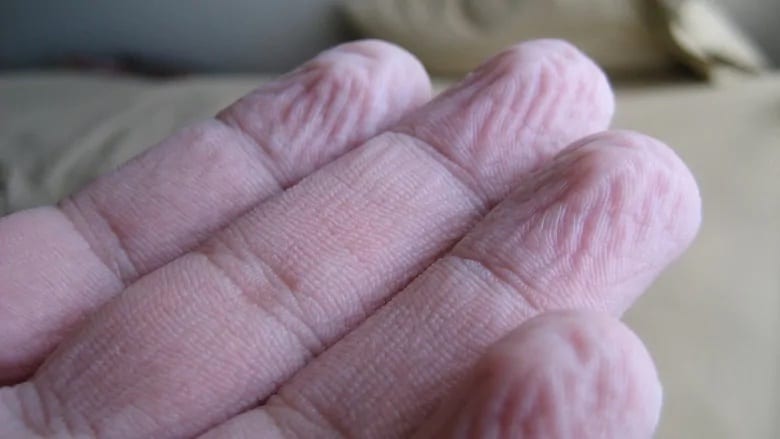One of the biggest errors that you hear from all kinds of clever people is conflating the idea of nociception, tissue damage and pain.
They are NOT the same thing!
First though, what is nociception?
Nociception is the detection of danger by nociceptors (danger detectors) that passes along certain neurones to the spinal cord and on to the brain at some amplitude.
Important note: they are detecting danger, not pain!
WARNING: this might blow your mind!
You can have pain without tissue damage. I know, it seems counterintuitive at first! This study is a great example of pain without tissue damage, where they induce head pain in people with a modified hair dryer that wasn’t attached to power.
You can have pain without nociception (danger detection) too. This last study shows that – there was no nociception created by the space-age looking sham head stimulator.
And you can have nociception without tissue damage.
But you can’t have tissue damage without nociception. Some sensors are going to ring out if there is tissue damage.
But that ‘danger detection’ and tissue damage doesn’t mean there will be pain. All the amazing pain stories are good examples of this.
Watch this short video to get an explanation of what Amazing Pain stories are and what they represent.
You have to stop and think about each of these points above to see if they challenge your ideas about pain and injury or not.
Make sure you ‘get it’ and you’ll be ahead of most health professionals in your understanding of pain.
A fascinating study on nociception
In the book Explain Pain Supercharged, they quote heaps of studies to illustrate their points about our modern understanding of pain. I have picked out one to get you thinking about this idea – it certainly got me thinking!
(Explain Pain Supercharged is a superduper pain science book aimed more at clinicians than Explain Pain, which is aimed at clinicians, the layperson and the pain sufferer.)
In this study, they used a noxious warm stimulus at 45˚ (noxious meaning it is meaningful enough to get danger receptors (nociceptors) singing their song), and recorded the kind of pain that the subject described from that nociception.
The results:
- a 1mm wide probe was described as a ‘pricking pain’
- a 4mm wide probe was described as a ‘stinging pain’
- a 20mm wide probe was described as a ‘pleasant strong warmth’
Surprising or not? It probably isn’t surprising that there is a different description of the sensation depending on the width of the probe.
When you think about it further, it is really interesting. The wider the probe, the more danger receptors (nociceptors) that are activated but the stimulus becomes less painful to the point of being pleasant.
The conclusion?
To quote the authors – ‘clearly the number of nociceptors activated does not match pain’.
That is pretty cool, wouldn’t you agree?
And what is even more cool is that there was no tissue damage created by these painful stimuli.
So you can have pain without tissue damage! And danger messages (nociception) without tissue damage too!
Did that blow your mind? I hope so!
This information is really important if you are dealing with low back pain, and especially if it is persisting. If you would like to learn more about low back pain, read our Ultimate Guide To Low Back Pain Myths. It’s free!















